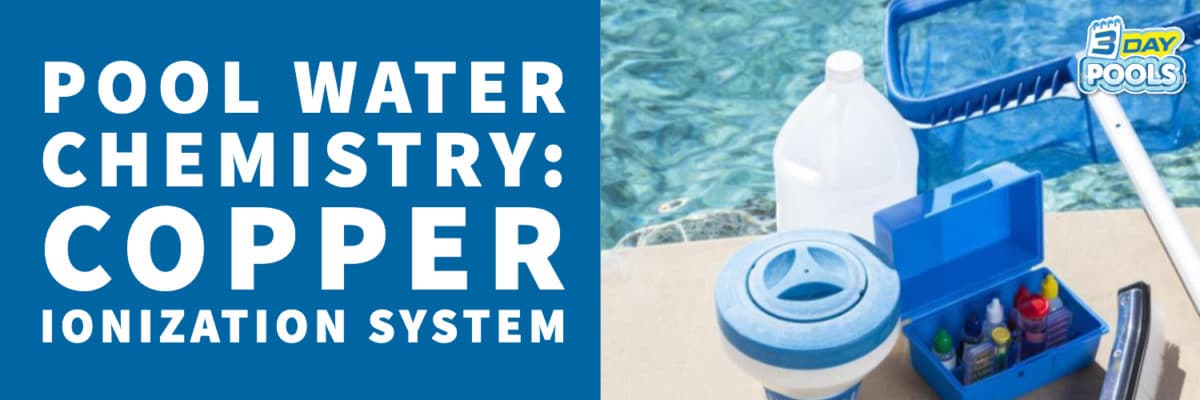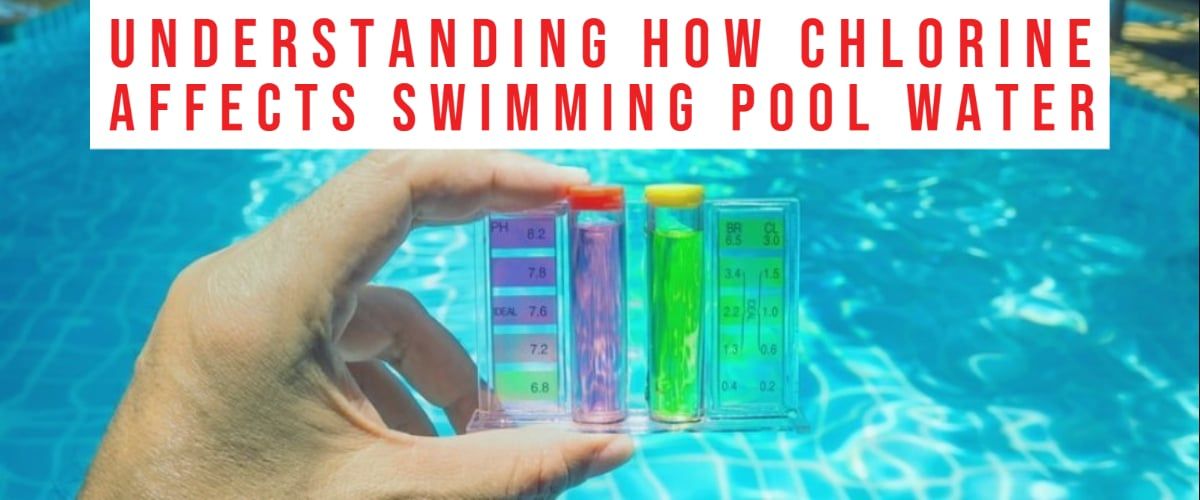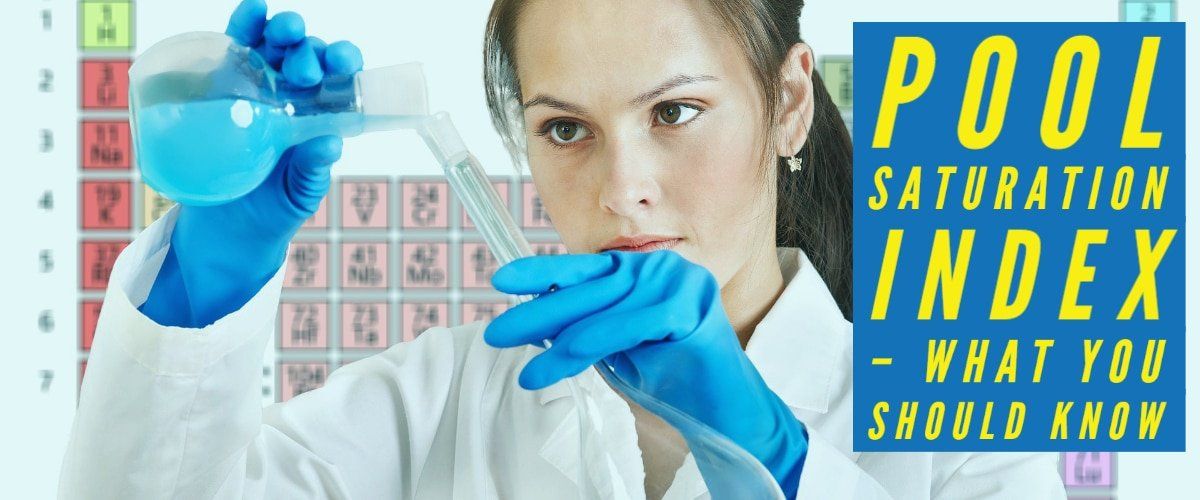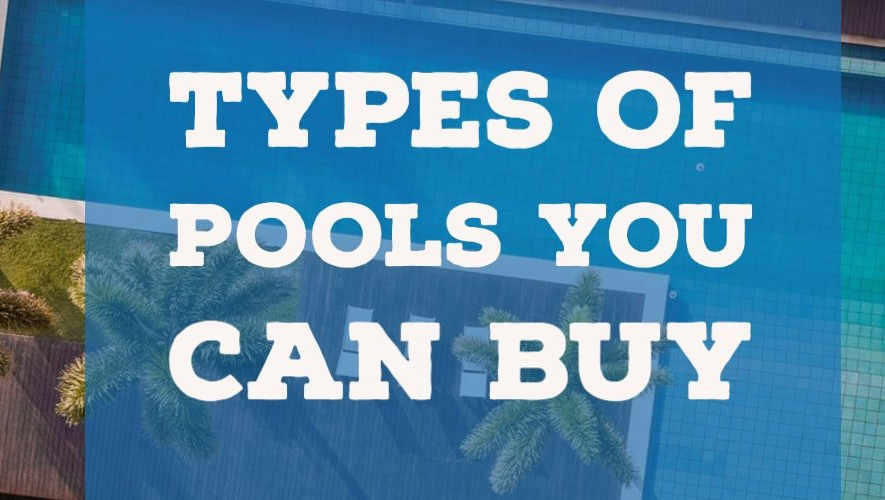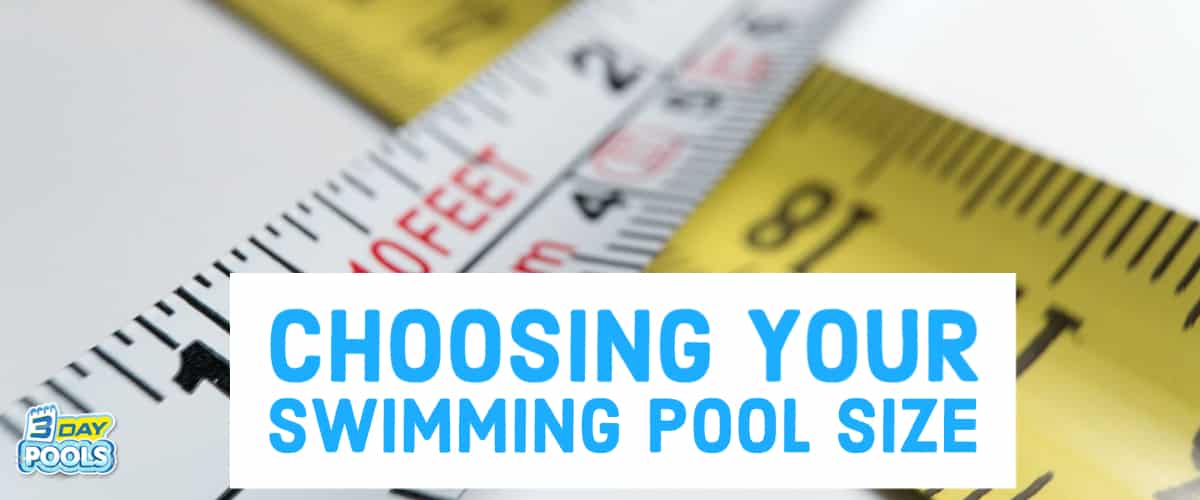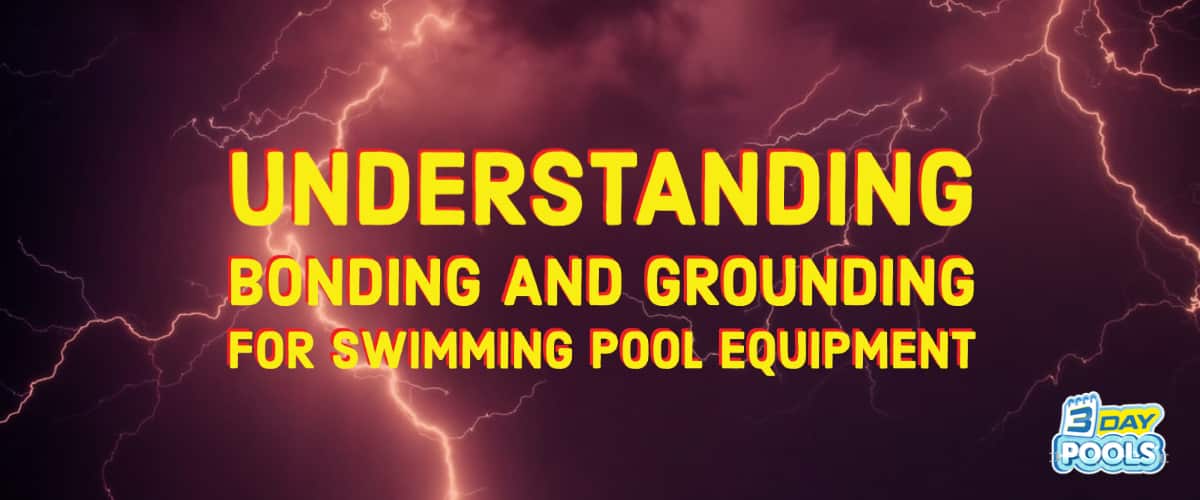416-268-4493

How To Clear Cloudy Swimming Pool Water
Owning a swimming pool comes with many challenges that pool owners have to deal with from time to time. For instance, when you have a pool party at your home, you may realize that your pool water has become cloudy and dirty. This condition is caused by improper levels of chlorine, imbalance in PH, alkalinity that is out of balance, faulty filters, debris and algae infestation. If you want to clear cloudy water in your pool, remove foreign particles and algae from the water, replace the filter and balance the water chemistry. However, if your cloudy water has a combined chlorine reading of above 0.5 ppm, you will need to shock your pool first.
Causes of pool water cloudiness
Imbalanced chemicals
Presence of cloudy pool water may mean that the pool chemicals are out of balance. For example, the PH and alkalinity may be out of balance and water may be having a high level of calcium hardness.
Faulty or Dirty Filter
Cloudy water may also mean that your filter is not functioning as expected. Either, you may not be running the filter long enough or it might be too dirty and clogged.
Particles in the water
Particles such as leaves, dust and pollen can clog up your filter and make it cloudy. On the other hand, bird’s droppings, insects and rain water can dirtify your water. Unfortunately, rain water may bring phosphates, nitrates and other minerals into the pool.
How to clear cloudy water
Balance chlorine levels
Imbalanced pool chemistry may cause your water to become cloudy. Therefore, you need to ensure that chlorine in the water is properly balanced before you can start clearing water cloudiness. This is because; an imbalanced chlorine level may lead to the growth of pool algae.
Identify Treat and Remove Algae in Your Swimming Pool
Imbalanced chlorine and alkalinity levels are the main culprits of cloudy pool water. When free chlorine levels go down, combined chlorine forms in the water causing it to become cloudy. The bad thing is that, combined chlorine is not able to kill bacteria and algae.
Monitor pH and total alkalinity levels
If you want to clear the cloudiness in your water, you need to monitor the levels of total alkalinity. If the alkalinity levels in the water rise, it will cause problems such as calcium scaling. Calcium scaling is the main cause cloudiness in the water. You can use a Muriatic acid to correct this condition.
Clean or replace filters
If you want to clear cloudy water in your pool, you need to clean and replace your filters; Doing this will help trap out the dirt lurking in your pool water.
Remove foreign particles, brush and vacuum up the pool
One of the ways of clearing cloudy pool is by removing foreign particles from the water that are known to cause cloudiness. You can do this through brushing and vacuuming the pool.
Balance pool chemicals
High level of pool chemicals such as bromine, phosphate and stabilizers can make your water cloudy. This is especially if the chemicals are in large amounts in the water. Excess amounts of stabilizers such as cyanuric acid will greatly reduce the amount of free chlorine in the water.
How to identify imbalanced chemicals
In order to identify the imbalanced chemicals in your pool water, you need fast, accurate and simple to use water testing kit. The best ones are the digital test kits that not only save a lot of time but also are very effective. The other good thing with a digital testing kit is that, it is able to test different water parameters such as PH, bromine, cyanuric acid, total alkalinity, calcium hardness, combined chlorine and metals in the pool. After getting the readings, you can use a pool calculator to determine the total amount of chemicals to add into the pool water. The average amount of chlorine in the water should be about 3ppm.
The different types of chlorines
Free chlorine is the amount of chlorine that you add into the water. On the other hand, there is combined chlorine which has been used up and is diluted with ammonia and other pollutants in the water. Unfortunately, combined chlorine is unable to kill germs and other micro-organisms. Total chlorine is the sum of the free chlorine and combined chlorine.
What is the right chlorine level?
The ideal amount of total chlorine should be about 3ppm. To avoid chloramines in the water, the combined chlorine level should not go beyond 0.5 ppm.
How to cure cloudy water caused by a chlorine imbalance
Low free chlorine is either caused by heavy rainfall or sunlight that depletes the amount of chlorine in the water. Strong sunlight acts as a catalyst that depletes active chlorine in the water. Luckily, you can use a chlorine stabilizer such as cyanuric acid to prevent this. This is especially if your pool is located on the outdoors. It is also important to remember that free chlorine is very strong and if used in large amounts, it is going to deplete the amount of free chlorine in the water. This may cause algae to grow in the water.
If your combined chlorine level is above 0.5 ppm, your water may become cloudy. Should this happen, you should shock the pool.
How can you tell that your chlorine is balanced?
The level of combined chlorine should always be below 0.5 ppm. Therefore, it is important to test the water on a daily basis and if you find variations, do the necessary adjustments. This is especially in summer when the pool is used a lot.
The right PH for swimming is between 7.4 and 7.8.
Monitor both Total Alkalinity and PH
The PH concentration in the water determines how different chemicals function. A high PH level in the pool will render chlorine ineffective.
How can you balance PH?
To lower the PH of your water, you need to add PH reducer such as Muriatic acid into the water. However, you should note that anything to do with PH of below 7.0 is dangerous as it can turn your water cloudy. Also, this situation can lead to the growth of algae.
On the other hand, you can increase PH in your water by using a PH increaser such as soda ash.
Balancing total alkalinity
For proper functioning of the pool, it is important to ensure that your total alkalinity is between the range of 80 ppm and 120 ppm. This is to avoid bringing the PH up which could cause calcium scaling. You can add a Muriatic acid to lower total alkalinity in the pool.
Cleaning pool circulation system
Cloudy water in a swimming pool can also be caused by a faulty circulation system. This causes water to be Stagnant and therefore not pass through the filter system. The design of the pool has a big impact on the effectiveness of the circulation system. However, you have to ensure that your pool is fitted with a pump of the right size so that it can have proper circulation. Also, ensure that you backwash from time to time and that your filtration system is working correctly.
Choosing the right pool filter
There are three types of pool filters: cartridge filters, diatomaceous earth and sand. The DE filter is the best, followed by cartridge filter and then the sand filters. The choice of filter is determined by the primary usage of the pool including:
Removing particles and cleaning the pool
The usage of the pool as well as the weather can make your pool look cloudy. Use pool nets to remove visible particles from the pool including hair, leaves, dirt etc. In addition, you can add a flocculant to enable tiny particles to fall to the bottom of the pool. You can then vacuum your pool to clear it.
If the cloudiness in your pool is caused by algae, shock the pool. You should then balance the water chemistry to prevent further growth.
Ensure that the free chlorine level remains at the optimum. However, if your pool is hit by direct sunlight, consider adding chlorine stabilizer in the water to prevent its depletion.
Rain water can also cause cloudiness in the water. Test and adjust water chemicals to correct this.
Can I use an algaecide?
You can use algaecide in the process of clearing cloudy water in your pool. However, the more effective way is to clean the pool with a leaf net, scrub and vacuum the pool before doing a chlorine shock to kill algae.
Frequently asked Questions (FAQ)
Why is my water cloudy after winter?
Cloudy pool water after winter is caused by a water chemistry that is out of balance and algae are beginning to grow in the water. Simply remove particles from water, kill and remove algae before balancing water chemicals.
Why is my water still cloudy after shocking the pool?
If your pool water is still cloudy after shocking the pool, ensure that your pump and filter are functioning properly and wait for 24 hours. If the water is still cloudy after that period, shock the water again using a stronger chlorine shock. Also, consider using a flock to remove particles.
Why is my pool cloudy after rainfall?
Rain water brings contaminants such as sand, phosphates and dirt. The phosphate will make your water cloudy even before algae grow in it. Simply balance the water chemistry and keep the filter running to remove the dirt.
Why is my pool cloudy when all chemicals are properly balanced?
When the chemistry is balanced but you still have cloudy water, it could be that there are particles floating in the water. Simply use a pool flock to bring these particles to the bottom of the pool before vacuuming it off. That will help clear out the water. When vacuuming, set the pump to the waste position to prevent the filter from clogging.
Can baking soda be used to clear a pool?
No you cannot use baking soda to clear a cloudy pool. Baking soda will only increase the PH of the pool. However, you can only clear cloudy pool using chlorine.
Can you safely swim in a cloudy pool?
Cloudy water makes it hard for you to see the bottom of the pool. This increases the risks of drowning for struggling swimmers. Cloudy water may also harbor bacteria such as E Coli. This can infect your urinary tract and even stomach. Also, cloudy water is just a sign that your pool water contains dirt, body oil, sunscreen and sometimes, urine. This can be disgusting to many swimmers.
OUR RELATED SWIMMING POOL TOPICS
Pool & landscape products specifications are believed to be accurate at the time of original publication.
Viewers should verify specifications & installation requirements with the installing dealer or manufacture’s manual rather than relying on information on this website, which is not intended to be a final specification.

